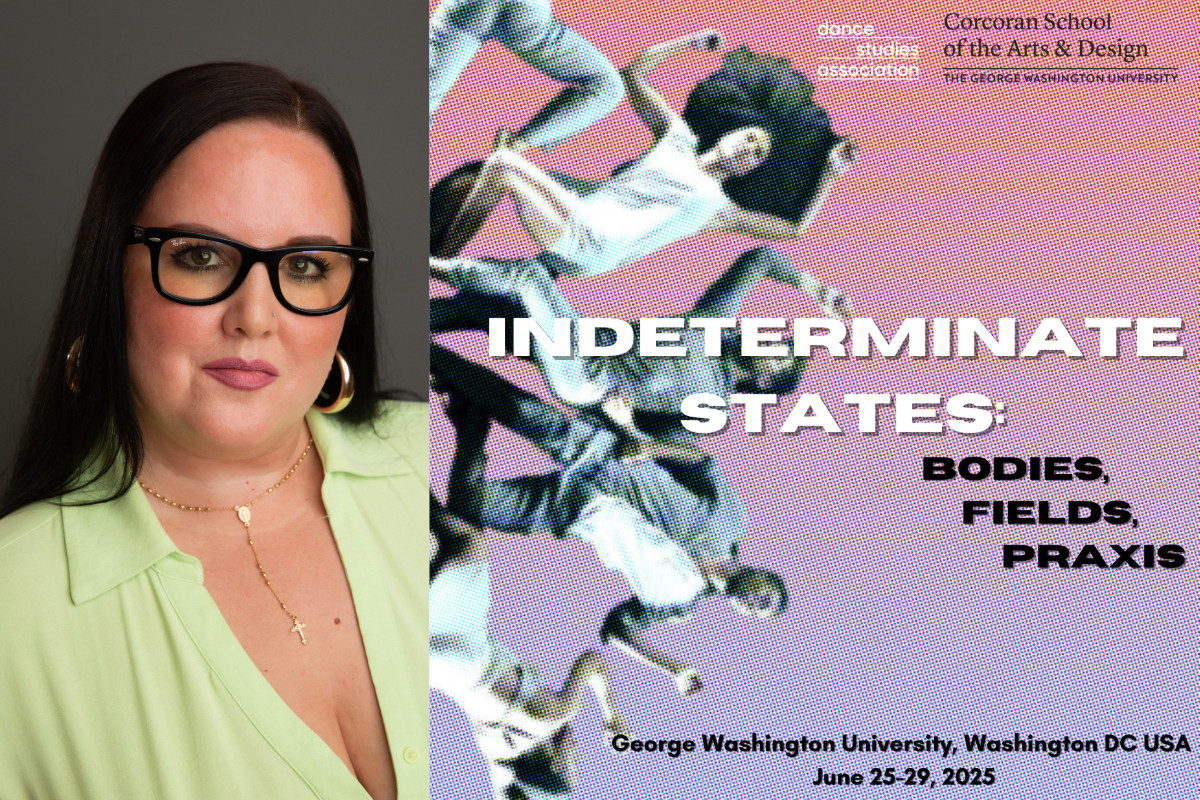School of Dance's Assistant Professor Kiri Avelar, presents her research at the Dance Studies Association (DSA) conference. Held in Washington, D.C. from June 25-29, DSA returns to the United States after three years at a critical juncture: it arrives in the wake of a contested presidential election as well as uprisings and conflicts across the globe. This year's theme is "Indeterminate States: Bodies, Fields, and Praxis."
Read Avelar's research offerings below:
Sites of Encounter: Theorizing and Performing the Border
A prevalent misconception in discussions—particularly political ones—about border issues is the notion of the border as a unidirectional pathway. This perspective frames the border as a transitional space where individuals cross solely with the intent of permanently leaving their place of origin to settle in their destination country. However, borders are far more complex than such linear interpretations suggest. Beyond being liminal spaces where subjectivities are discursively constructed, borders function, as Sandro Mezzadra and Brett Neilson articulate, as “sites of uneasy integration, regional interpenetration, and political, cultural, and social mobility” (Mezzadra & Neilson, 2013).
What does dance allow and challenge in this site of encounter that is the border? As dance and migration scholars, the three panelists will explore the complex interplay of border, movement, and identity through theoretical analysis as well as specific embodied practices. This panel will culminate in an interactive movement session that invites the audience to engage with our praxis.
Praxis #1. The Dancing Chicanx Movement
The Chicano Movement of the 1960s and 1970s emerged in response to the systemic discrimination experienced by Mexican Americans, a struggle rooted in the historical injustices stemming from the Treaty of Guadalupe Hidalgo (1848)—which restructured, once again, the US/Mexico border. It addressed critical issues in education, labor rights, and political empowerment, using murals, poetry, corridos, songs, teatro, marches, and dance as tools of resistance and cultural affirmation. Performance art became vital for challenging assimilation, imperialist agendas, and marginalization. Understanding the importance of the body and the arts for La Causa, this paper will reconceptualize the borders of dance history to further develop the historical significance of El Movimiento, illuminating its social, political, and aesthetic relevance in dance historiography.

